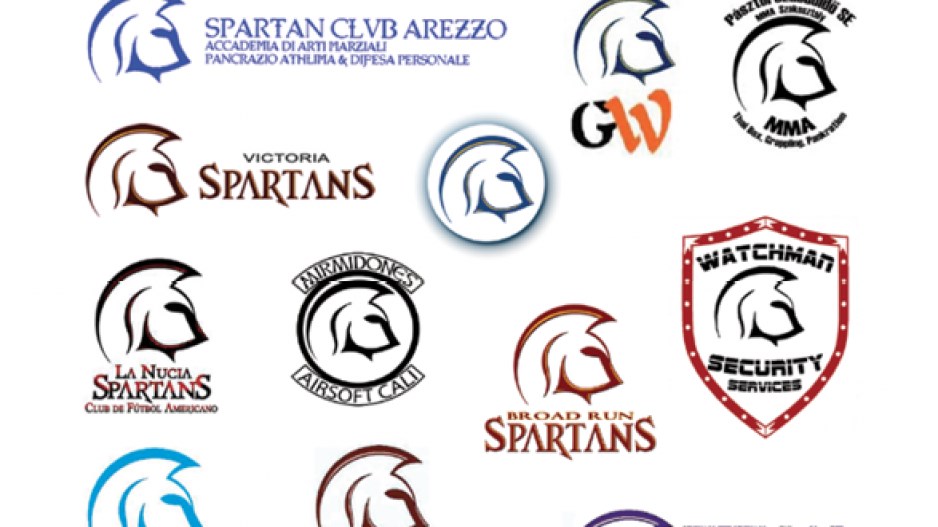We live in the age of DIY, with "creation culture" a part of daily life. It's a world where ideas are plentiful and the Internet offers an army of willing contributors, donors and buyers. Qualifications, experience, business acumen, feasibility and audience needs all take a back seat to the pervasive idea that everyone has the right to be a designer and maker – even if ability says otherwise. Combined with the intoxicating idea that there is easy money to be made online, it's no surprise DIY culture has permeated creative industries.
Technology has become democratized, with the Internet serving as guide, teacher and tool kit for an entire generation convinced they can do anything. And who's to argue they can't? There are plenty of celebrated success stories about albums recorded in bedrooms, tech startups created by dropouts, and do-it-yourself websites and logos. Heck, with the inexpensive purchase of a 3D printer, anyone can be a product designer these days.
Hot on the heels of this has been debate about the merits and ethics of design contests and crowdsourcing, especially as the business community has glommed onto these concepts, defending their use as a way to engage audiences and maximize results through distributed collaboration.
Industry pundits argue that research is skipped, assumptions abound and often-unethical choices – such as repurposing existing graphics – are made in order to produce work quickly for pay below industry standards. Those selling these crowdsourced design services counter with claims that plagiarism is infrequent and that there are many trained and experienced designers participating.
The reality is that, more often than not, businesses use these services simply to save money. But cutting corners with crowdsourcing or even DIY can be expensive when the work purchased turns out to be something that can't be owned or trademarked or violates copyright law.
Even on sites with copyright policies in place, the vast crowds who contribute to them aren't typically professional designers and will lift and repurpose elements as they try repeatedly to be the winning submission. Those participating are almost always immune to punishment for violations of intellectual property rights in any practical sense.
By the time anyone notices that work is recycled and is often not even the property of the designer who submitted it, it's the business that is left with the problem.
We've experienced this. Our client, Trinity Western University (TWU), hired us to develop a brand and identity design system for the Spartans athletics program. It invested the time and expense on an experienced team that engaged in research and study before developing and testing multiple concepts in pursuit of a unique design TWU could own. When the final concept was chosen, it was unique to the university, appealed to its students, alumni and staff and was a solid brand identity. TWU trademarked the final logo.
Recently, it came to our attention our design had been copied and was being presented as the original work by a freelance designer on a design collaboration website. The designer faced legal action for what he argued was just repurposing a symbol he found online into a new logo. This attitude that it is acceptable to repurpose found work is increasingly common among people who've grown up in DIY culture and view the Internet as a treasure trove of ideas and inspiration.
Fortunately, this designer responded quickly and took the project down, presumably starting over, his client unaware of the bullet it dodged. But when we used Google image search, we uncovered 18 other plagiarized copies already in use by other companies, schools and teams that now also face legal action. Consider the cost implications and embarrassment these organizations face as a result of not hiring a professional designer who understood how to create an original design solution.
As a certified graphic designer and Society of Graphic Designers of Canada member, I abide by a code of ethics that forbids me from unethical practices like these.
The benefits of creation culture are real, but they come with risks and costs.
Instead of criticizing and fighting DIY culture, all designers should focus their time and efforts on raising the bar for design and better demonstrating what a professional actually does. Good business leaders value experts who take the time to learn their business, their challenges, their audience and ultimately consider the problem carefully before executing. And that's worth paying more for up front.
Mark Busse is a founding partner and managing director of the design consultancy Industrial Brand, host of CreativeMornings/Vancouver, and VP Public Relations of the BC Chapter of the Society of Graphic Designers of Canada.




